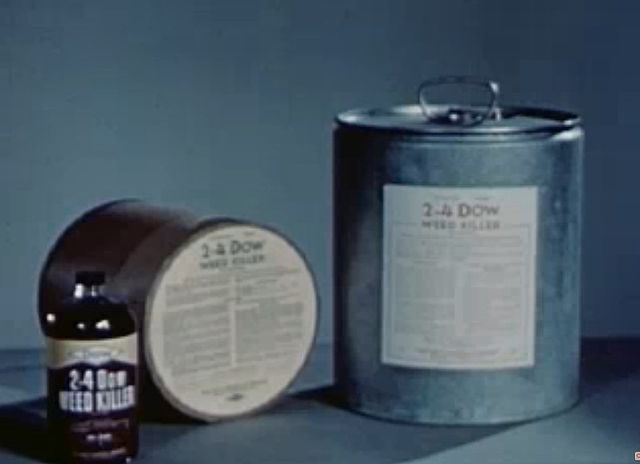At the University of Missouri’s Fisher Delta Research Center, scientist Pengyin Chen is experiencing something that scientists at the Universities of Nebraska, Arkansas and Kansas State Unversity are also experiencing. Their plots of experitmental soybeans are having problems. The leaves on the soybeans are deformed, and the plants are putting out additional stems in the wrong places. The plants are small and producing little.
Plant scientists at these and other locations are blaming this problem at soybean research plots on dicamba drift. Dicamba is a weedkiller that has seen much controversy recently. It is a very effective weedkiller, but it tends to kill or damage some plants as well.
Some companies have modiified soybeans to be dicamba resistant. This means that farmers can spray dicamba directly on the fields with soybeans without causing any harm to the plants. Unfortunately, dicamba has a tendency to drift. When there is a lot of humidity in the environment, the dicamba particles can evaporate out of the fields and be carried by winds to surrounding fields. If other farmers have not planted dicamba-resistant soybeans, their soybeans may be killed off or damaged.
Dicamba drift is causing major problems for agricultural research facilities. These facilities do not use dicamba-resistant soybeans. The researchers at these facilities work to find different genetic varieties of soybeans and other crops. They also work to develop crops that will be resistant to a host of plant diseases. If the soybeans at the research facilities are not able to grow properly, it makes it difficult for the scientists to conduct their research.
It doesn’t appear that this problem is going to be resolved in the near future. As much as 60 percent of the US soybean crop is now produced from dicamba-resistant plants. The company that makes dicamba believes that the product should not cause harm if it is used properly by farmers.



